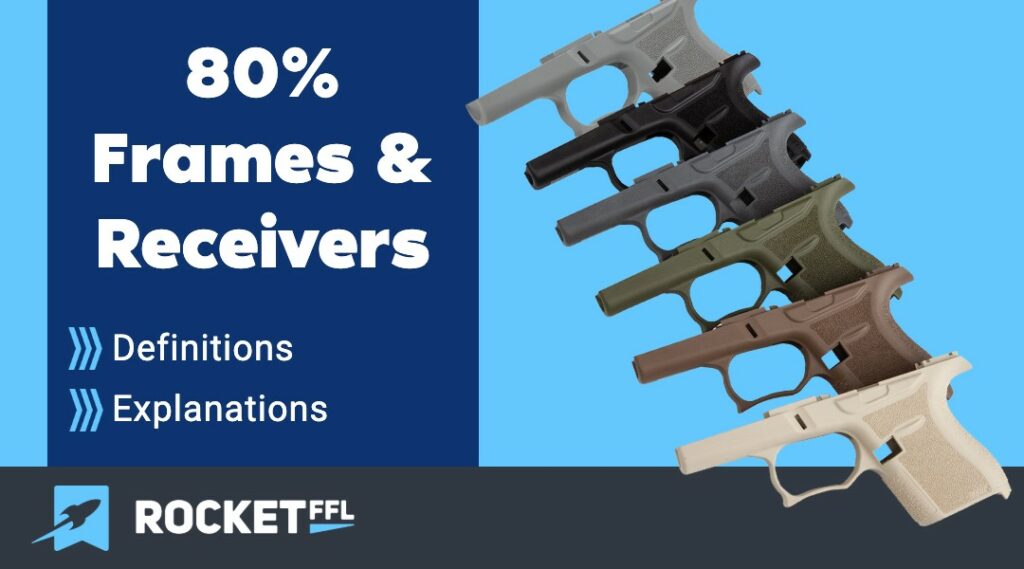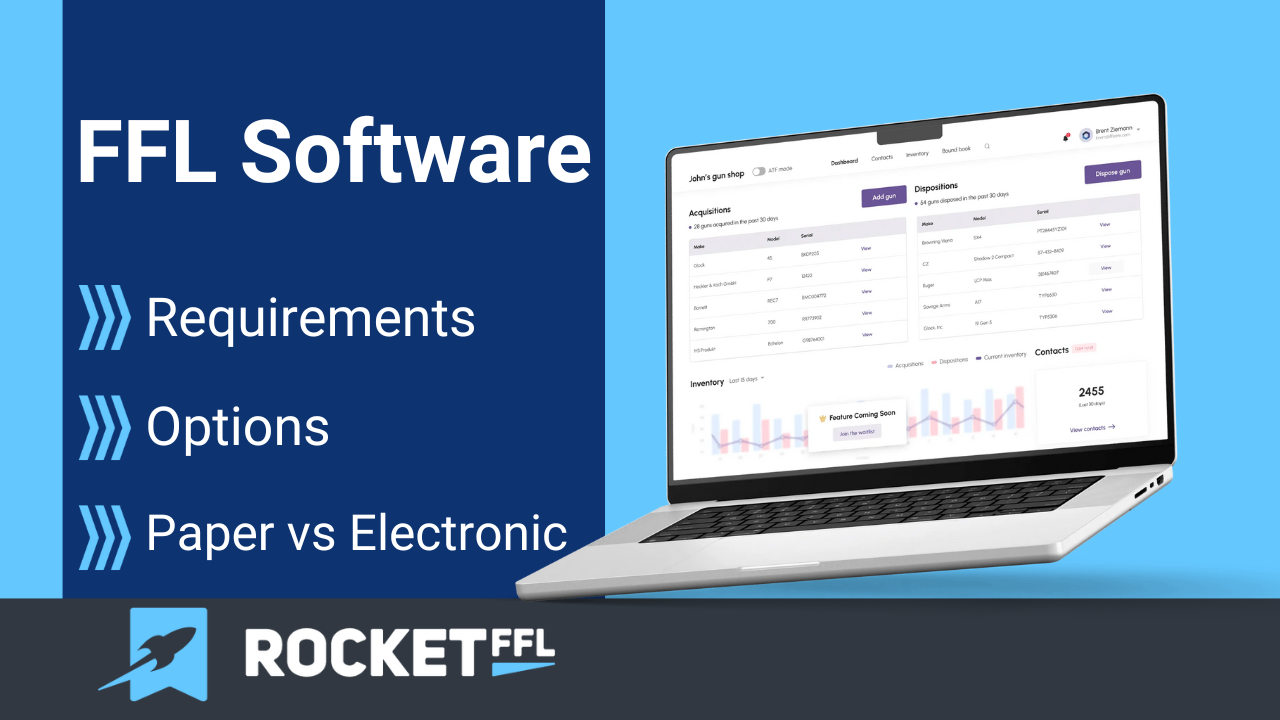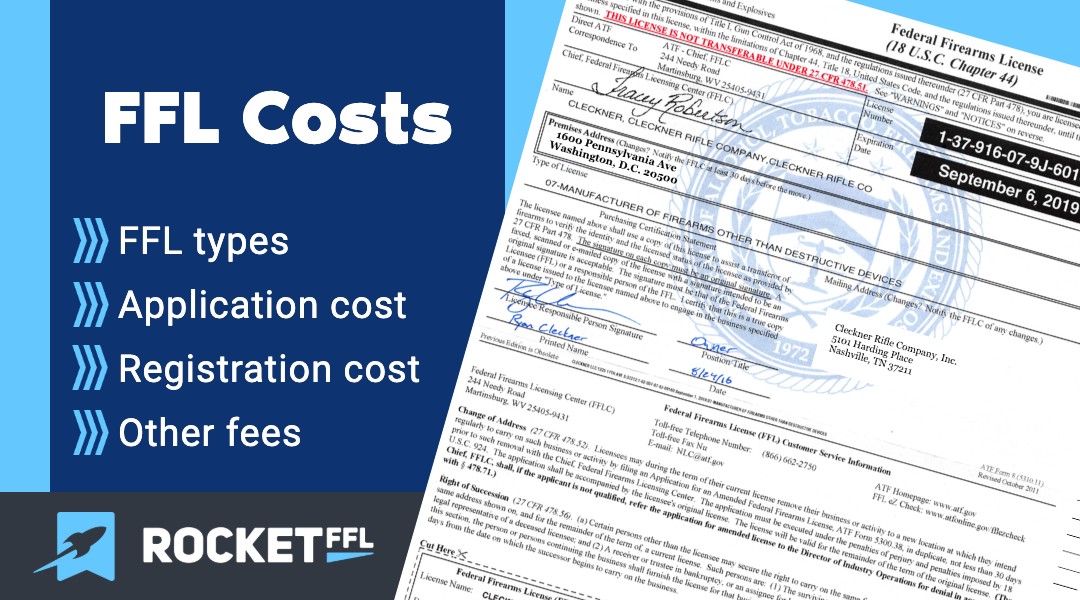After you’ve taken our Get Your FFL course and you’re up and running with your FFL, depending on your FFL type you’re going to want to start either making firearms or buying them at dealer pricing and having them shipped straight to your door – even at your home . But…. you’re going to have to do one more thing […]

What is an 80% Receiver?
There has been a lot of discussion about “80% Frames” or “80% receivers” lately.
We get many questions about them, such as:
- Are “80% frames” legal?
- What are “80% receivers”?
- Is an “80% frame” legally a firearm?
- Can I convert an “80% receiver” into a firearm?
We aim to answer all of these questions here in this guide to “80% frames/receivers.” If you’re looking for more information, be sure to check out this 80% Lower Receiver FAQ write-up.
What is an 80% Receiver?

The term “80% Receiver,” which is neither an accurate nor official term, refers to manufactured material that has not yet been turned into a firearm.
Essentially, a frame or receiver that has not been finished and hasn’t crossed the line into being regulated as a firearm is sometimes called an “80% Receiver.”
The term is misleading, however, because the distinction between a firearm and a non-firearm has nothing to do with the percentage of completeness. In fact, if you manufactured the “wrong” 10% first, you could already have a firearm.
These non-firearm “80% Receivers” are effectively no more regulated than a paperweight (let’s not get into export issues). This means that under federal law they can generally be sold without the requirements that normally apply to firearm sales (be careful, state laws are different). “Receiver Blank” is a more accurate term (and the one preferred by the ATF).
What is a firearm?
If “80% receivers” aren’t firearms, then what are?
For the purpose of discussing this topic, a firearm is defined in 18 U.S.C. § 921(a)(3)(A-B) at a basic level as an object which expels a projectile by the action of an explosive. Also included in the definition of firearm is the frame or receiver of any firearm.
Life would be too simple if this were the entire definition.
A firearm frame or receiver isn’t just considered a firearm when it’s complete – it’s also considered to be a firearm once it can be “readily converted” into a complete frame or receiver. This means that before a frame or receiver is finished being made, it is treated by the ATF as if it were already finished – it is treated the same as any other firearm.
As you can imagine, reasonable people can disagree when an object is “readily convertible.” For an in-depth discussion about what “readily converted” means, please check out, “What Does ‘Readily Converted’ Mean?“
The act of converting a non-firearm into a firearm by completing the remaining/necessary manufacturing process constitutes the “manufacture” of a firearm. In fact, you just have to cross the line from non-firearm to “readily convertible” – you don’t even have to fully finish your work.
Under federal law, it is completely legal to manufacture your own firearm without an FFL as long as you aren’t prohibited from possession of firearms as a Prohibited Person, you don’t manufacture it with the intent to sell it, and you aren’t engaged in the business of manufacturing firearms.
Of course, this is federal law and state laws can be much more restrictive. It is up to you to ensure that it is lawful for you to manufacture a particular firearm. For a deeper discussion of legally manufacturing firearms without an FFL to include topics such as required markings (serial numbers, etc.) and whether you can sell the firearm, please check out this article that walks you through “Making Your Own Firearm.”
When Does an “80 % Receiver” Become a Firearm?
Remember, “80%” is not an official term for a non-firearm. The “80%” is simply a marketing term that has been understood to describe a receiver that isn’t complete and has not yet crossed the line into being a regulated firearm.
Each frame or receiver for different types of firearms will have different features or “levels of completeness” which determine the object’s status as a firearm. If you want to know if a particular object has crossed the line into becoming regulated as a firearm, then you should reach out to the Firearms and Ammunition Technology Division (FATD) for clarification.

In my experience, an object is a firearm once it can, or be easily modified to, accept a firing mechanism. I have helped make this determination on many models of firearms.
It is irrelevant whether the firearm will be accurate, safe, easy to use, etc. If it can be easily made to go “bang” even once, then it is a firearm.
Thankfully, the good folks at the Firearm and Ammunition Technology Division of the ATF have given us clear guidance on AR-15 Receiver Blanks.

On an AR-15, once any part of the firing mechanism housing is machined or the trigger or hammer pins are drilled, then it has crossed the line and is now a firearm because from that point it can be “readily converted” to fire a projectile. The top of the trigger mechanism assembly must be solid (no machining whatsoever) and the side of the receiver whether the trigger and hammer pinholes will be drilled must be completely solid (no starter holes). Once either of these areas are started, the ATF has determined that it is “readily convertible” and therefore a firearm.
Back to my “80%” comment above, if the only manufacturing step complete on an AR-15 Receiver Blank is the drilling of the trigger pinhole, then the receiver is less than 5% complete, but it is clearly a firearm.
For example, see this picture of an AR-15 Receiver below with a slot machined into the top of the trigger mechanism assembly. The removal of metal from the assembly area, and not any of the other machining already done on the receiver (like the broaching of the magazine well), is what makes this receiver a firearm.

Recommended Posts


![New ATF Forms [2019]](https://rocketffl.com/wp-content/uploads/2019/02/New-ATF-Forms-1.jpg)

[…] If you’d like to learn more, check this out: 80% Receivers […]